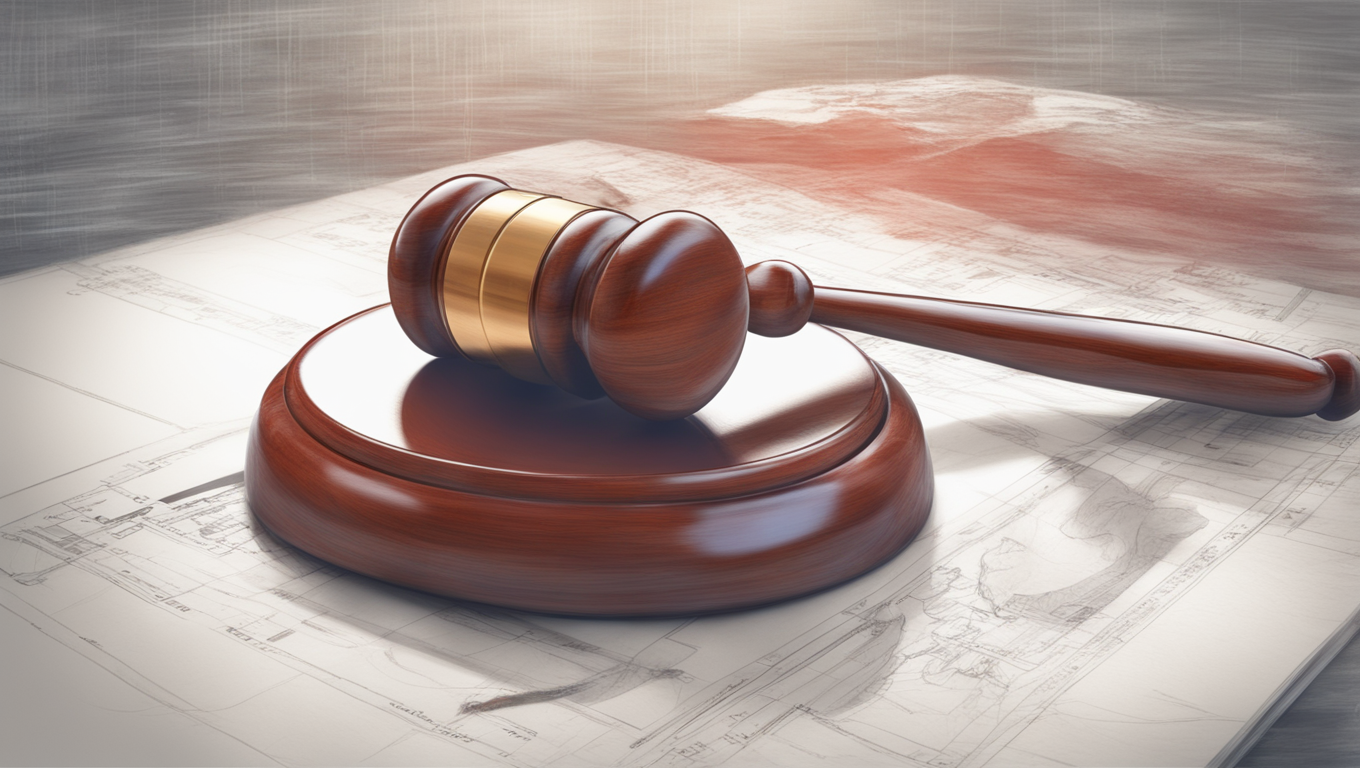The Delhi High Court has recently sought the response of the Indian government on a public interest litigation against the unregulated use of artificial intelligence (AI) and deepfakes. Deepfakes are videos or images that are created using AI-powered deep learning software, enabling them to show people saying and doing things that they never actually said or did.
The court, headed by Acting Chief Justice Manmohan, acknowledged that technology cannot be easily controlled and that the issue raised by the petitioner requires careful deliberation that only the government can undertake. The bench also noted the complexity of the technology, stating, “It is a very complicated technology… It requires a lot of deliberation.”
The court also emphasized the need to balance various factors, as there are indeed positive uses of AI and deepfake technology. However, it recognized that only the government, with its resources and capabilities, can effectively address this issue.
According to the central government counsel, the government is already aware of the problem and is actively looking into it. Regulations are in place, and the ministry has stated that it considers this issue to be a serious one. The counsel requested time to seek instructions from the government on the matter.
The petitioner, represented by advocate Manohar Lal, argued that while technological development is progressing rapidly, the law is lagging behind. Lal highlighted the need for regulations to fill the vacuum caused by the absence of specific guidelines for AI and deepfake technology. He pointed out recent instances of misuse, such as the deepfake video targeting actor Rashmika Mandanna, where her face was superimposed onto the body of another individual.
The court acknowledged that the law often lags behind technological advancements and listed the case for further hearing on January 8. The petitioner, Chaitanya Rohilla, a lawyer himself, is seeking directions from the government to identify and block websites providing access to deepfakes and to regulate AI to protect the fundamental rights of citizens.
This case spotlight on the misuse of AI and deepfake technology raises important questions about the regulation of emerging technologies. As technology continues to develop at a rapid pace, it becomes crucial for governments and legal systems to keep up and address the challenges and risks that come along with these advancements. The Delhi High Court’s decision to seek the government’s response demonstrates a proactive approach to handling such complex issues.
In a world where AI is becoming increasingly integral to various aspects of our lives, it is essential to strike a balance between allowing innovation and protecting individual rights. As the government considers its response, it will need to carefully evaluate the potential negative consequences of unregulated AI and deepfakes, while also recognizing the positive advancements and benefits that these technologies can bring.
The outcome of this case will not only set a precedent in India but may also serve as a reference point for other countries facing similar challenges. It is crucial for governments around the world to engage in thoughtful discussions and collaborate with experts in the field to develop robust regulations that protect individuals and society as a whole, while also fostering progress and innovation.





Use the share button below if you liked it.